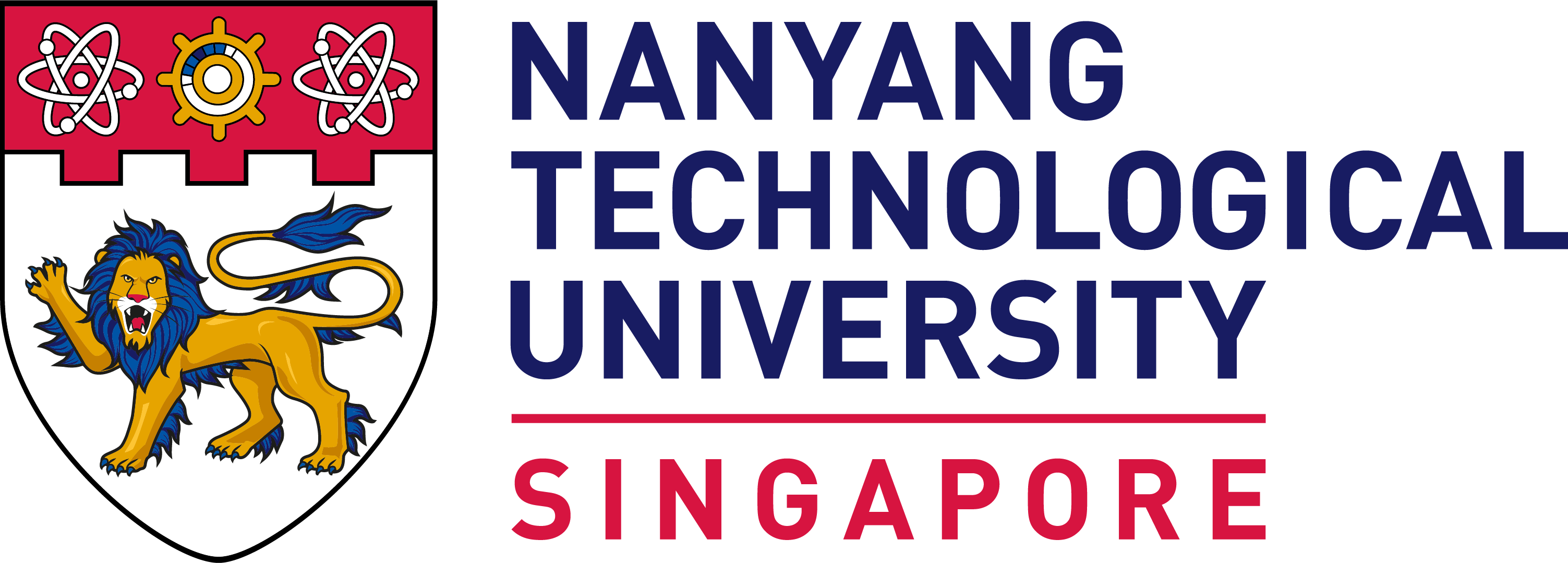
AirVO: An Illumination-Robust Point-Line Visual Odometry
Synopsis
AirVO is an illumination-robust stereo visual odometry system that combines point and line features. It estimates camera motion in challenging illumination conditions using deep-learning methods. The system integrates with widely used frameworks like ROS, OpenCV, and TensorRT.
Opportunity
The global visual odometry market is expected to grow at a compound annual growth rate (CAGR) of 14.7% from 2021 to 2028, reaching USD 2.5 billion by 2028. The increasing demand for autonomous vehicles, drones, and robots is driving this growth. AirVO addresses the challenges of illumination variation— a major factor affecting the performance and reliability of visual odometry systems. By using deep-learning methods and point-line features, AirVO improves accuracy and robustness in various scenarios, such as indoor, outdoor, and night scenes. Additionally, it reduces computational cost and power consumption through accelerated learning-based algorithms and low-power embedded platforms, enabling deployment on lightweight devices, such as smartphones, wearable devices, and micro aerial vehicles. AirVO’s open-source nature and compatibility with frameworks such as ROS, OpenCV, and TensorRT makes it accessible and customisable for the general community.
Technology
AirVO employs deep-learning methods and point-line features to estimate camera motion in challenging illumination conditions. Its main components include:
- A convolutional neural network (CNN) and a graph neural network (GNN) that detect and match corner points in images using SuperPoint and SuperGlue algorithms.
- A line processing pipeline that associates 2D lines with 2D points, matching and triangulating lines using point and line feature distribution.
- A key-frame selection and graph optimisation module that estimates camera pose and trajectory using point and line features.
This technology enhances visual odometry performance in applications such as augmented reality, robotics, and autonomous driving. It reduces computational cost and power consumption with accelerated learning-based algorithms and low-power embedded platforms. Being open-source and based on widely used frameworks, such as ROS, OpenCV, and TensorRT, it is easily implementable and customisable.
Applications & Advantages
Applications:
- Augmented reality
- Robotics
- Autonomous driving
Advantages:
- Improved accuracy and robustness in challenging illumination conditions, such as indoor, outdoor, and night scenes.
- Reduced computational cost and power consumption.
- Open-source and based on widely used frameworks, such as ROS, OpenCV, and TensorRT.




.tmb-listing.jpg?Culture=en&sfvrsn=3b74ec1c_1)










